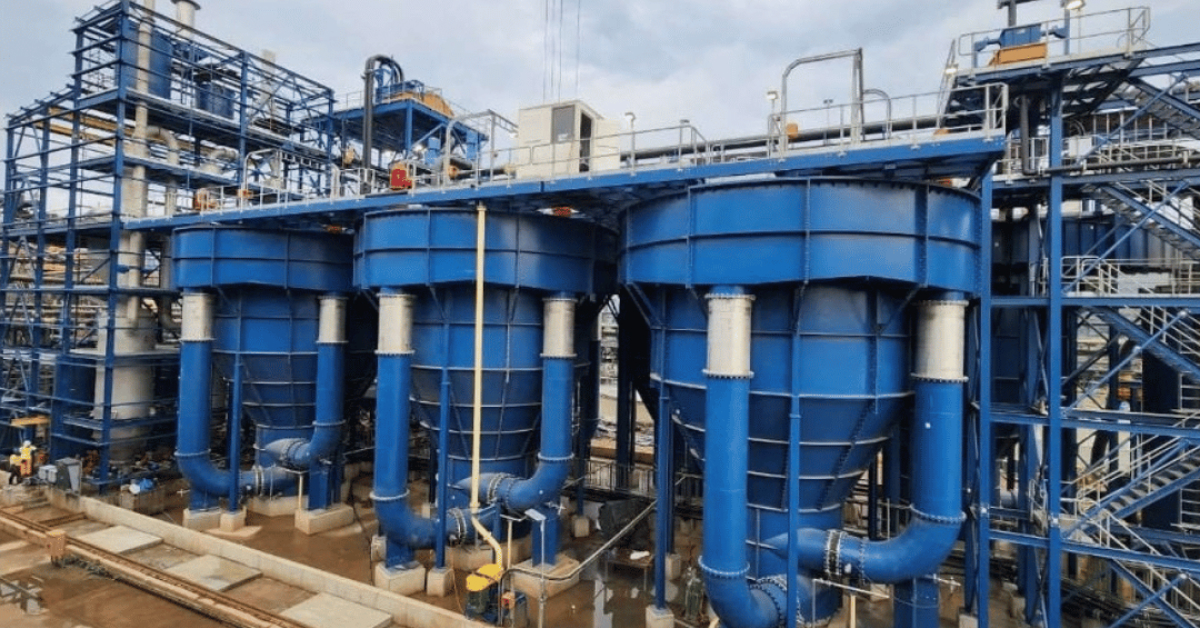The earthquakes in Syria and Türkiye last month demonstrate the importance of implementing national building standards to ensure that all buildings and structures can withstand seismic activity, says industry body the Southern African Institute of Steel Construction (SAISC) CEO Amanuel Gebremeskel.

He explains that countries, such as Türkiye, do not have up-to-date building standards with regard to withstanding seismic activity, leading to infrastructure – including essential services, such as policing, education and healthcare facilities – being destroyed because of a lack of the latest knowledge as well as poor design and planning regarding building in seismic areas.
“If a country updates its national codes and standards, but does not retrofit old buildings, a large-magnitude earthquake can cause a lot of destruction, coupled with a high death toll. The consequences of not designing buildings to withstand seismic activity are clearly devastating.”
When designing buildings, engineers consider various aspects, including withstanding, dead loads such as the weight of the building, live loads – such as people and furniture – and heavy winds.
However, in areas where seismic activity is possible, such as in Cape Town, in the Western Cape, inertial forces come into play which require advanced design principles, he adds.
Therefore, engineers and contractors need to ensure that they adhere to building regulations and specifications, as well as incorporate the latest local and international design and construction knowledge for buildings to effectively withstand seismic activity.
To minimise the damage, modern national standards require using high-quality steel that is ductile and lightweight to withstand seismic activity. This also helps to reduce loss of life, should an earthquake occur, owing to steel’s ductility and redundancy, as well as its ability to absorb energy without being catastrophically damaged.
Hence, research and development (R&D), compliance with national standards and using quality materials is necessary when designing and constructing infrastructure.
For example, Gebremeskel notes there is a modern standard enforced by the South African Bureau of Standards for the design and construction of buildings to improve resistance to seismic loads.
This standard applies to all building materials, including structural steel and concrete, whereby all buildings, power plants, mines and other infrastructure must adhere to modern standards, which is relevant for cities such as Cape Town.
However, despite implementing the necessary standards for withstanding seismic activity, he explains that it is still likely that some infrastructure damage will occur because of an earthquake.
“Ensuring no damage at all would be too expensive to construct. As a result, we have come up with methodologies for designing buildings that can withstand damage through their in-built, inherent ductility and redundancy, due to the correct design and quality of materials having been incorporated into the structure.”
Training
Gebremeskel warns that engineers and building contractors need to be adequately trained to implement the standards to ensure that buildings can withstand natural disasters such as earthquakes.
“As the SAISC, we take an active role in contributing to the industry’s adherence to these standards by providing a unique and tailored training programme to teach engineers and contractors how to design and build to withstand earthquakes. We are currently the only entity in the country providing training courses to impart this knowledge to the industry as a whole.”
It is imperative to ensure a good understanding and application of the latest codes, standards and knowledge across the sector.
“If people do not comply with the new design codes, as has been the case in Türkiye, we will see a lot of construction failing,” he adds.
Hence, the SAISC offers courses on design, based on the very advanced US and European codes for higher seismic areas, with the organisation having obtained permission from the US to mirror aspects of its code in South African building standards. as The US has invested significantly in R&D when it comes to seismic resistance
Further, while the SAISC trains engineers and specifiers, the organisation aims to extend its services to the wider industry outside the steel value chain to train all building contractors working in the industry.
The organisation has also assisted professionals on a national and global level with seismic design training, and has helped countries, such as Australia and Mozambique, to become more familiarised with earthquake-resistant design.
Additionally, the SAISC aims to train and certify companies according to the quality of materials and construction, as well as to adhere to national standards. The organisation also aims to continue serving the steel value chain and the public sector more generally on a national and international scale.
“We envisage issuing certificates that enable a construction company, for example, to show engineers and property investors that they have been vetted and endorsed by the SAISC. We will continue to be a custodian of quality and excellence locally and internationally, providing a valuable repository of technical expertise to inform, mentor and upskill where and when required,” Gebremeskel concludes.






